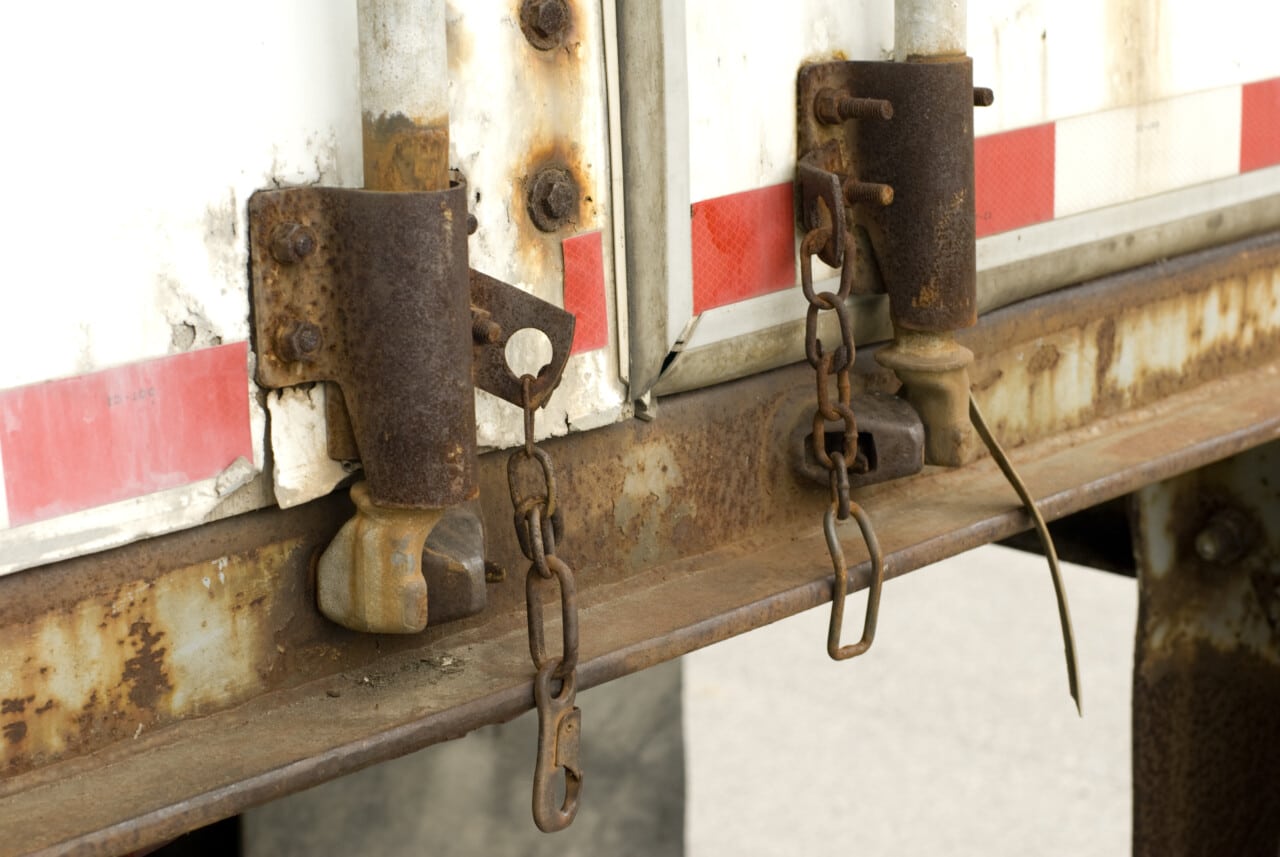
Rust is the sworn enemy of trucks, a silent adversary that, over time, erodes the strength and beauty of the vehicle. For a truck owner, whether you rely on your truck for work or play, preventing rust is essential to preserving your investment. That’s why it’s critical to know some tips and strategies for how to stop rust on a truck.
In this article, we’ll look closer at this destructive nemesis, delving into the cause of rust in trucks, identifying the most vulnerable parts of your vehicle, and providing invaluable tips to defend your truck against the corrosive attacks of rust.
What Causes Rust in Trucks?
Knowing the enemy is the first step to defeating it. Put most simply, rust is the oxidation of iron or steel when exposed to moisture and oxygen. When talking about how to stop rust on a truck frame or any other part of your vehicle, there are several factors to take into account:
Moisture: Trucks frequently encounter moisture in the form of rain, snow, and even dew. That moisture then seeps into the crevices of your truck, and thus begins the process of corrosion.
Salt and Road Chemicals: Road salts and de-icing chemicals are notorious rust accelerators, particularly in colder regions. They create a corrosive environment that can rapidly deteriorate the metal.
Scratches and Dings: Any scratches, dings, or chips in the paint or protective coatings can expose the metal beneath to the elements, providing an entry point for rust.
What Parts of a Truck Are Most Susceptible to Rust?
Rust can attack from any number of angles and entry points. Here are the areas of your truck that are most susceptible due to exposure to moisture, dirt, and road debris:
- Undercarriage
- Wheel Wells
- Frame
- Chassis
- Doors
- Fenders
How to Prevent Your Truck from Rusting
- Regular Wash and Wax – Wash your truck frequently to remove dirt, salt, and contaminants from the surface. Follow up with a high-quality wax to create a protective barrier against moisture and elements.
- Undercoating Rustproofing – Apply rust-resistant coatings to your truck’s undercarriage, frame, and chassis. These coatings act as a shield against moisture and road chemicals. Reapply them periodically, especially before winter.
- Parking – Whenever possible, park your truck in a covered area like a garage or carport to protect it from rain and snow. If no covered parking is available, invest in a waterproof truck cover.
- Regular Inspections – Keep an eye on your truck’s body and chassis for any signs of rust. Address even minor patches of rust immediately, scrubbing them off and applying a rust converter to prevent spreading.
- Mud Flaps and Splash Guards – Install mud flaps and splash guards to minimize exposure to road debris and moisture, particularly in the wheel wells and undercarriage.
- Scratch and Ding Management – When it comes to how to stop rust from spreading on a car or truck, promptly repairing any scratches or dings to prevent rust from taking hold and spreading out from these vulnerable areas is essential. Use touch-up paint or clear coat for small imperfections.
- Clean the Undercarriage – Regularly clean the undercarriage, paying special attention to suspension components and the frame. Remove accumulated dirt and debris that can trap moisture and encourage rust.
- Responsible Off-Roading – Be cautious when off-roading in wet or muddy conditions, as these can expose your truck to increased moisture and contaminants. After off-roading, thoroughly clean your truck.
As you can see, preventing rust from attacking your truck requires vigilance, maintenance, and smart choices. By understanding the causes of rust, identifying vulnerable areas, and implementing preventive measures, you can extend the lifespan of your truck and protect your investment. Remember, a little effort in rust prevention today can save you from costly repairs and replacements down the road!
Another great way to protect your investment is to have a reliable commercial roadside assistance plan for your fleet of trucks. Reach out today for a free quote!




